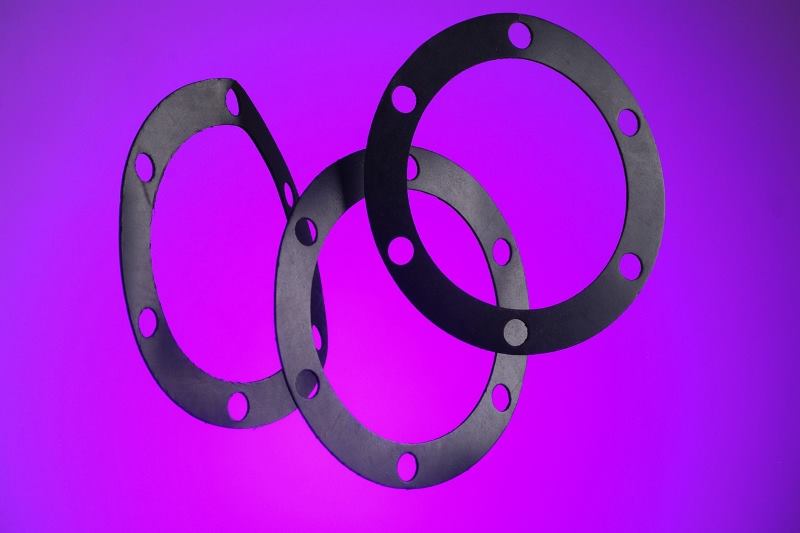Mold can grow on any rubber seals that are constantly mixed with moisture. This mold can be difficult to get rid of, but it is possible.
When it comes to cleaning the property, many homeowners ignore the basics. Most of the time, homeowners are preoccupied with their everyday activities and forget to clean their appliances. Try to always keep in mind that almost everything in the property has to be cleaned and maintained. Remember that if they are not cleaned frequently, refrigerators, clothes dryers, air conditioners, and washing machines may all grow mold.
Here are some more details on how to remove mold from rubber.
What Is Mold?
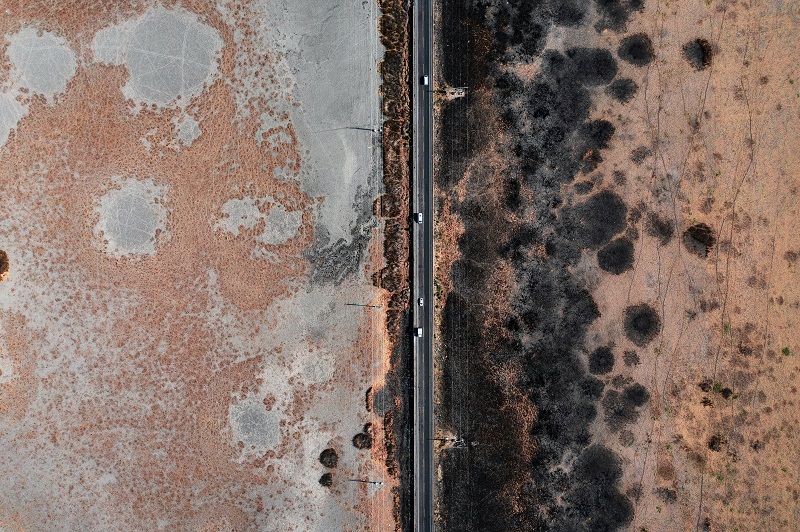
Mold is a fungus that grows in moist, humid environments and disperses as spores. You may see the mold as soon as the spores contact moist areas. Mold can be black, brown, white, orange, green, or purple, among other hues.
Safety First!
Mold spores can irritate the lungs, so before diving in, protect yourself:
- Gloves: Wear rubber gloves to shield your hands from mold spores.
- Mask (optional): If dealing with extensive mold or having respiratory sensitivities, consider wearing a respirator mask to avoid inhaling spores.
- Ventilation: Open windows and doors to create good air circulation while cleaning.
Mold Cleaning Solutions
Here are some of the effective mold-cleaning solutions:
Vinegar Solution
One of the best natural cleaning solutions for mold growth is vinegar. Because vinegar is non-toxic and quite safe to use in every household, it is also a popular choice among homeowners.
However, vinegar does not react as quickly as other chemicals. You must wait for the mold to absorb the vinegar for a few hours after applying the solution.
Bleach Solution
Several health problems can be caused by black mold, which is hazardous. Thankfully, bleach is effective enough to get rid of this kind of mold. However, using this kind of cleaning solution can be challenging.
Though this chemical reacts considerably more quickly than vinegar, you must still handle it with caution. It can burn your skin if you’re not careful enough.
Baking Soda Paste
Baking soda is another natural ingredient that can help remove mold and eliminate odors from rubber surfaces. Make a paste by mixing baking soda with water and applying it to the moldy areas. Use a brush or sponge to scrub the paste into the rubber, focusing on stubborn mold spots. Rinse the surface with water and repeat the process if necessary.
Ammonia
It is another strong cleaning solution that works quickly. It’s also highly toxic, just like bleach. Ammonia should only be used as a last resort for molds that are particularly difficult to remove.
We are aware that it can be tempting to combine cleaning solutions in the hope of the best possible outcome. Please refrain from doing this, as it may have a negative impact on your health.
Hydrogen Peroxide
Hydrogen peroxide is a mild antiseptic that can help kill mold and disinfect rubber surfaces. Pour hydrogen peroxide directly onto the moldy areas and let it sit for 10 minutes. Use a brush or sponge to scrub the mold away, then rinse the surface with water. Repeat the process if necessary to completely remove the mold
Steps on How to Remove Mold from Rubber
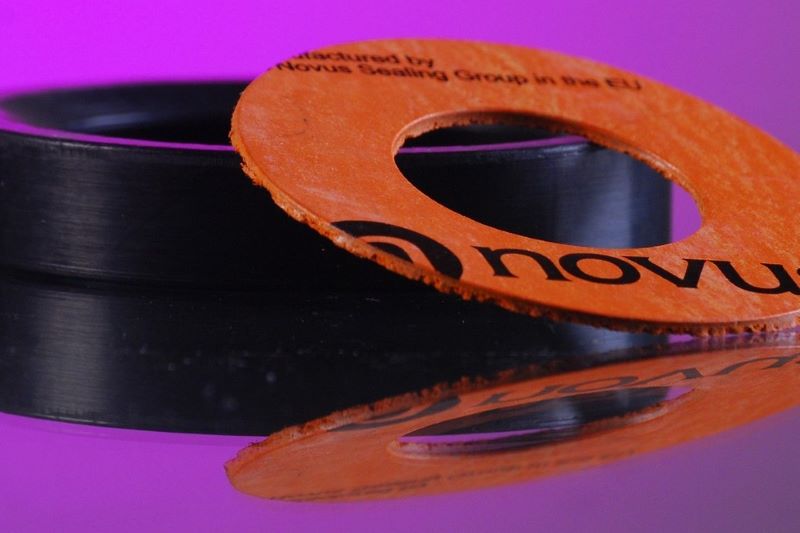
Mold removal from rubber is difficult, but it is doable. Here are the steps on how to remove mold from rubber:
Step 1: Set Up Your Workplace Outside the Property
You need to decide which spot is outside of the property before beginning anything. It is highly recommended to do it in your yard or garage. It would be nice if you were somewhere with excellent ventilation because you will be handling chemicals there.
Step 2: Put on Some Protective Clothing
Chemicals like ammonia and bleach can be hazardous. However, they are particularly effective at removing mold and spores that are invisible to the naked eye.
Put on non-porous gloves and cover any areas of your body that might come into contact with the chemical to protect your skin. These cleaning products have the potential to release hazardous vapors as well, which can irritate the eyes and make breathing difficult. Don’t forget to cover your eyes and use a facemask.
Step 3: Spray Your Cleaning Solution to The Affected Area
Put the cleaning solution you’ve selected into a spray bottle. To ensure that it works properly, remember to mix it with water first. You won’t get accurate results if the water is too much or too little.
Make an equal mixture of the chemical ammonia and water when using it. If you prefer bleach, mix it with 2.5 liters of water and a teaspoon of bleach. On the other hand, vinegar can be used without mixing and is safe to do so.
Step 4: Let the Solution Sit
After applying the solution, rub the visible molds with a gentle brush. Continue doing this until all the surface mold is gone. Then, grab a sponge and spray it with a cleaning solution. Use it to remove the mold. Afterward, depending on the cleaning product you use, apply some solution to the rubber and let it sit for a bit.
Leave the vinegar on for 30 to 60 minutes. However, it takes fifteen minutes for ammonia and bleach.
Step 5: Clean the Rubber and Let It Air Dry
After letting the solution sit, clean the mold from the rubber again using a brush. Then use the sponge you previously used to wipe it off. Next, rinse your rubber with distilled clean water. Don’t hurry; let it dry completely. Use a fan to hasten the process. Place it away from the sun, though, as this may damage the performance of the rubber. If there is still mold, however, repeat the entire process.
Tips to Prevent Rubber from Getting Mold Again
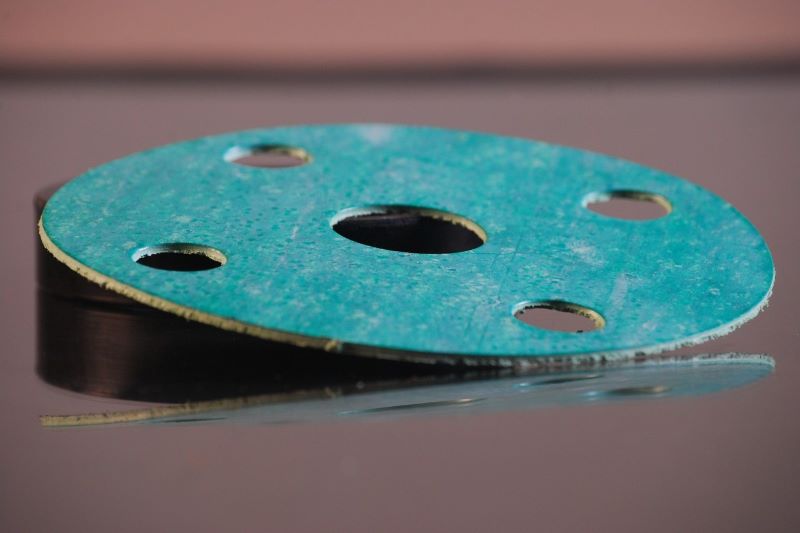
- Once a month, clean your rubber.
- Overuse of bleach could quicken rubber’s deterioration. Maintaining its dryness can help in preventing the growth of mold and reduce the need for frequent cleanings.
- You might try cleaning the surface with mold control products/solutions if the mold is persisting. Since some rubber will be exposed to so much water, you will need to reapply these items frequently, but it may prevent the mold from growing in between applications.
Summary
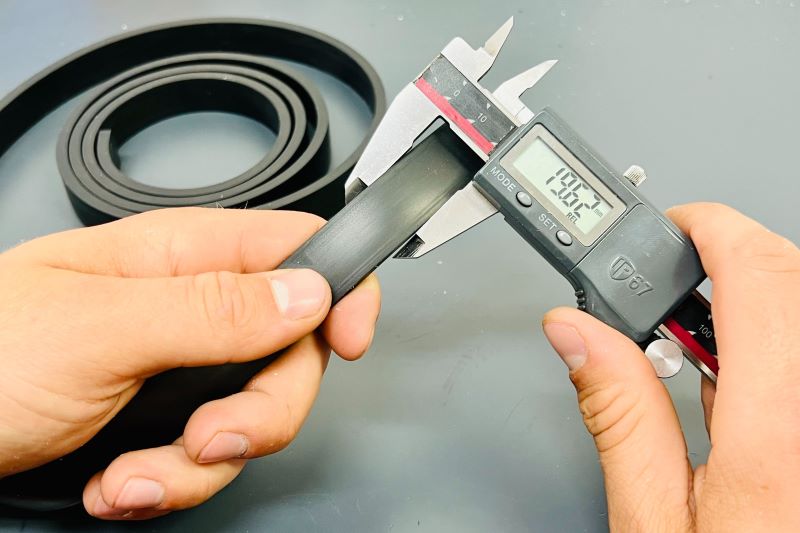
Any surface, including rubber, is capable of sustaining the growth of the fungus known as mold. To avoid damage over time, it’s essential to get rid of and remove mold as soon as it grows on rubber. Rubber surface penetration by mold is possible due to the porous structure of rubber. The rubber may eventually deteriorate as a result of this.
Keep in mind that you will be working with strong, hazardous, and extremely harmful chemicals like ammonia and bleach. Although it can be dangerous, removing mold from rubber is not difficult. Your family and furniture will be safe from exposure to these chemicals if you take away this activity outside of your property. Also, wearing protective clothing like gloves, masks, and glasses is an excellent idea.

